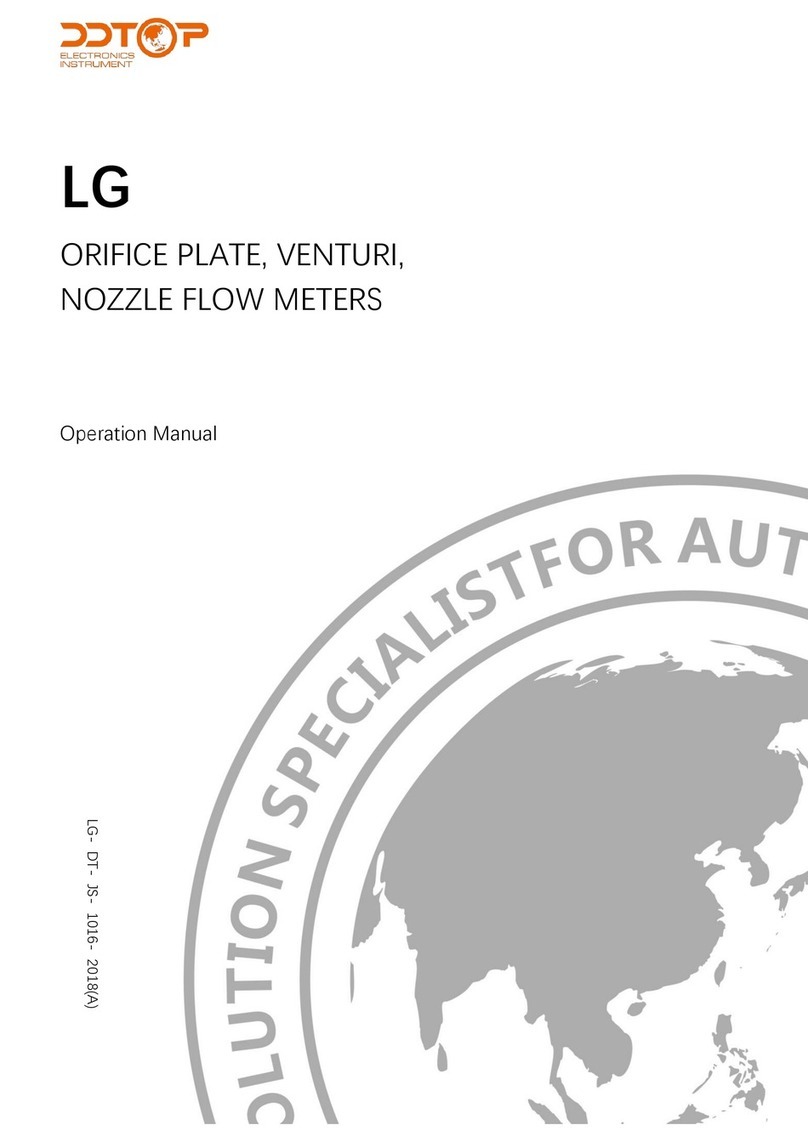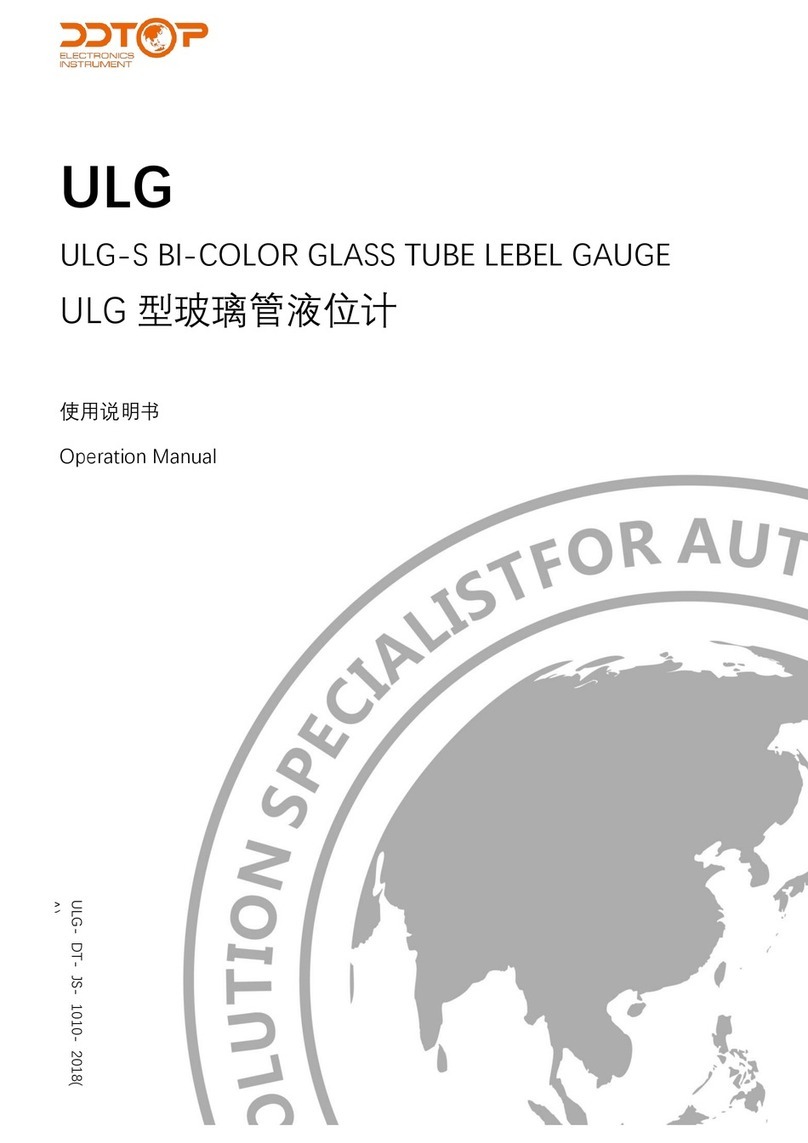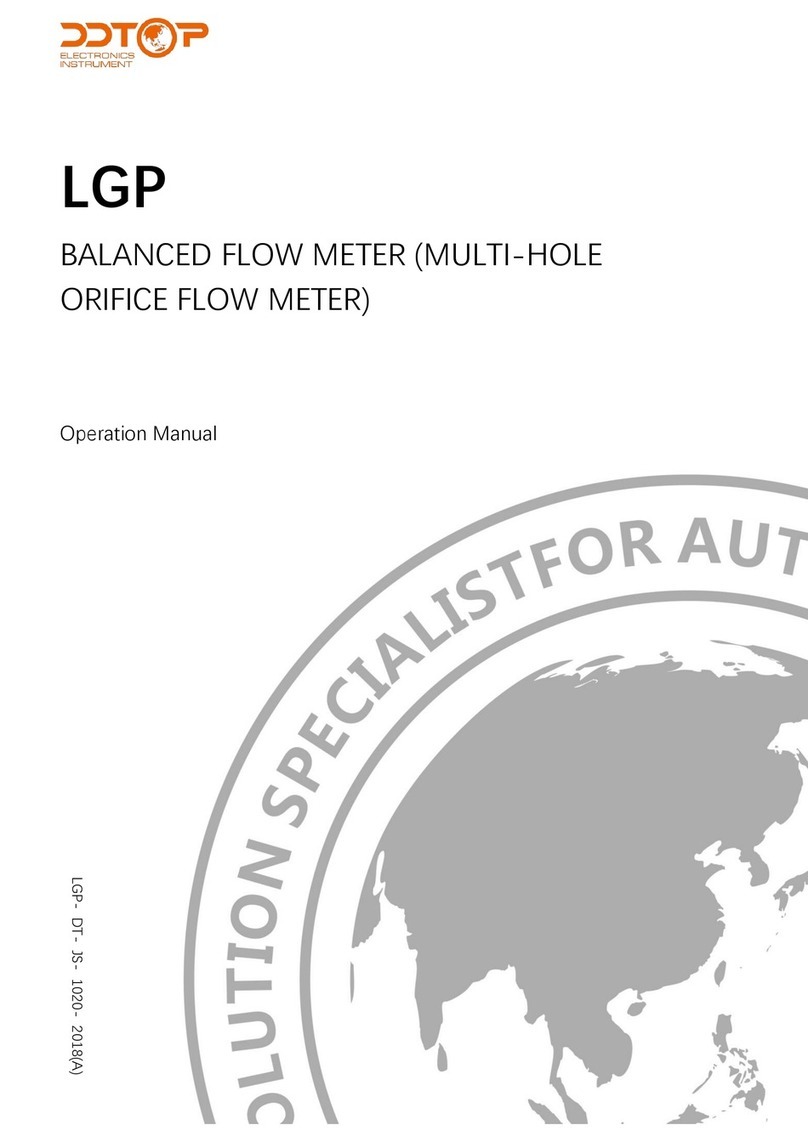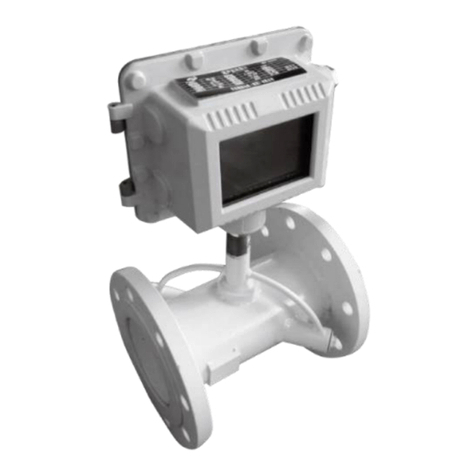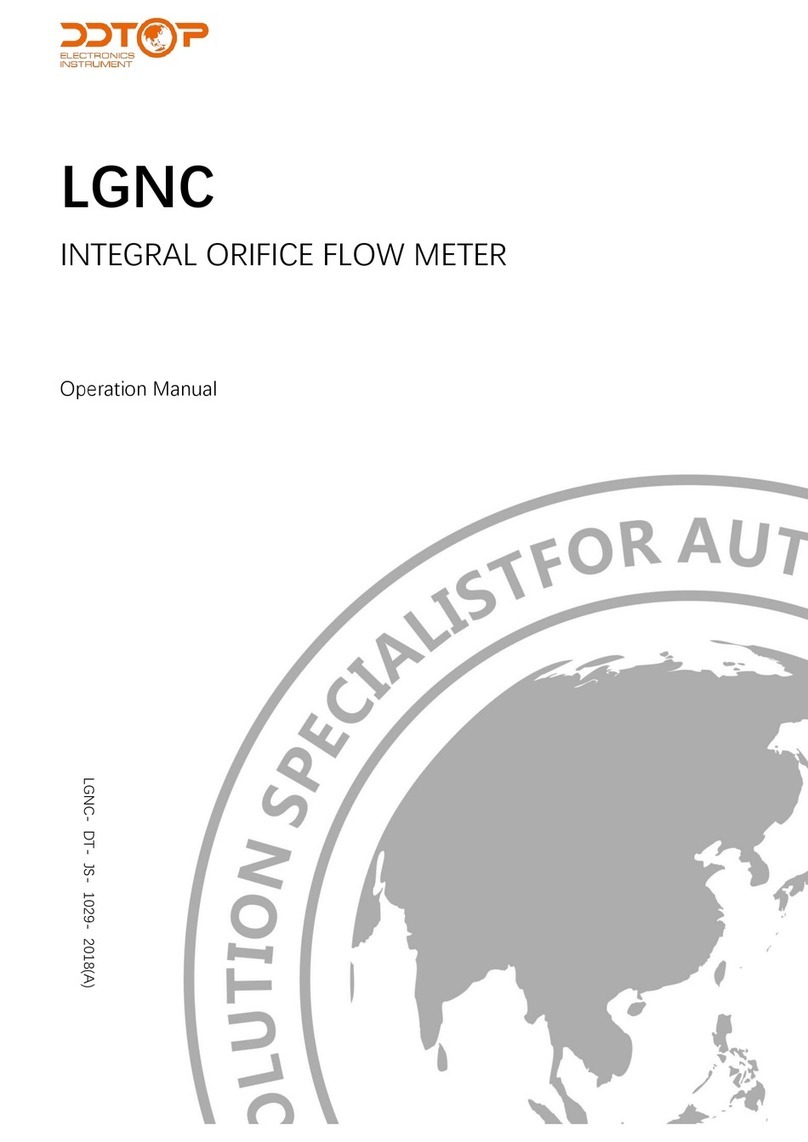
4/ 18
Content
1 Safety Tips......................................................................................................................................................................5
1.1 An explosion may cause death or serious injury.......................................................................... 5
1.2 Process leaks can cause serious injury or death......................................................................... 5
1.3 Failure to follow the safety installation guidelines may result in death or serious injury5
2 Product Description.....................................................................................................................................................5
2.1 Operating Principle................................................................................................................................... 5
2.2 Packaging..................................................................................................................................................... 5
2.3 Storage.......................................................................................................................................................... 5
3 Technical Parameters.................................................................................................................................................6
3.1 Appearance and Parameters................................................................................................................ 6
3.2 Explosion-proof Signs.............................................................................................................................. 7
4 Outline Dimension Diagram.....................................................................................................................................7
5 Unpacking and Inspection........................................................................................................................................9
5.1 Precautions for Unpacking Inspection.............................................................................................. 9
5.2 Check Content..........................................................................................................................................10
6 Installation.................................................................................................................................................................... 10
6.1 Installation Tools......................................................................................................................................10
6.2 Installation Requirements.....................................................................................................................10
7 Electrical Wiring......................................................................................................................................................... 12
8 Instrument Configuration........................................................................................................................................ 13
8.1 Key Descriptions......................................................................................................................................13
8.2 Measurement Interface.........................................................................................................................13
8.3 Echo Screen..............................................................................................................................................14
8.4 Setup Screen.............................................................................................................................................14
9 Precautions.................................................................................................................................................................. 17
10 Fault Analysis and Troubleshooting................................................................................................................ 17
11 Disassemble.............................................................................................................................................................. 17
11.1 Warning.....................................................................................................................................................17
11.2 Waste Disposal......................................................................................................................................18












